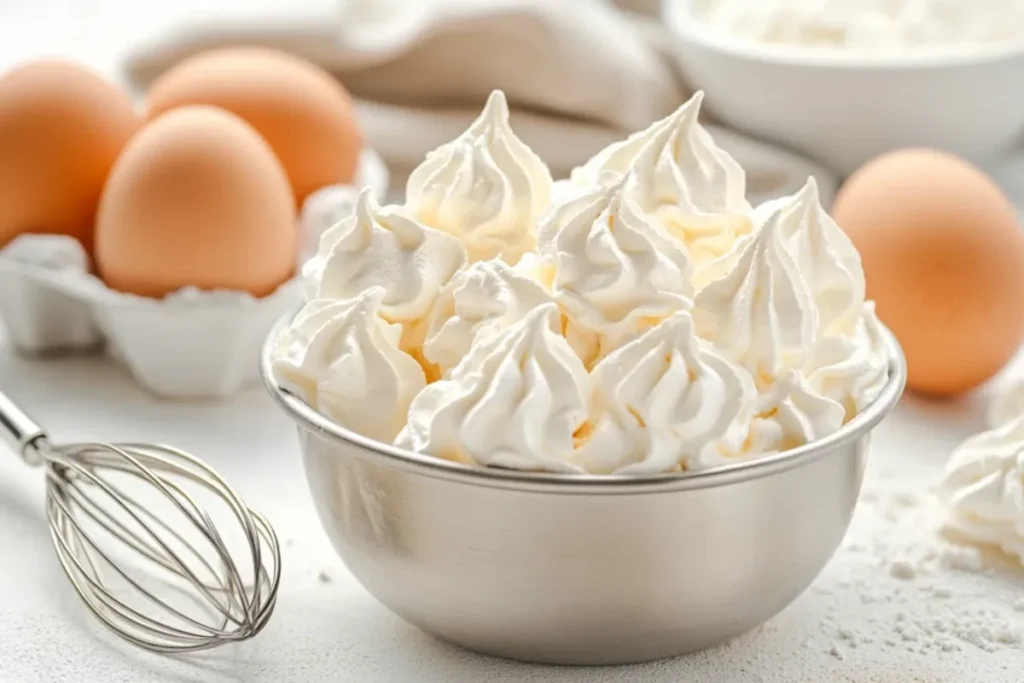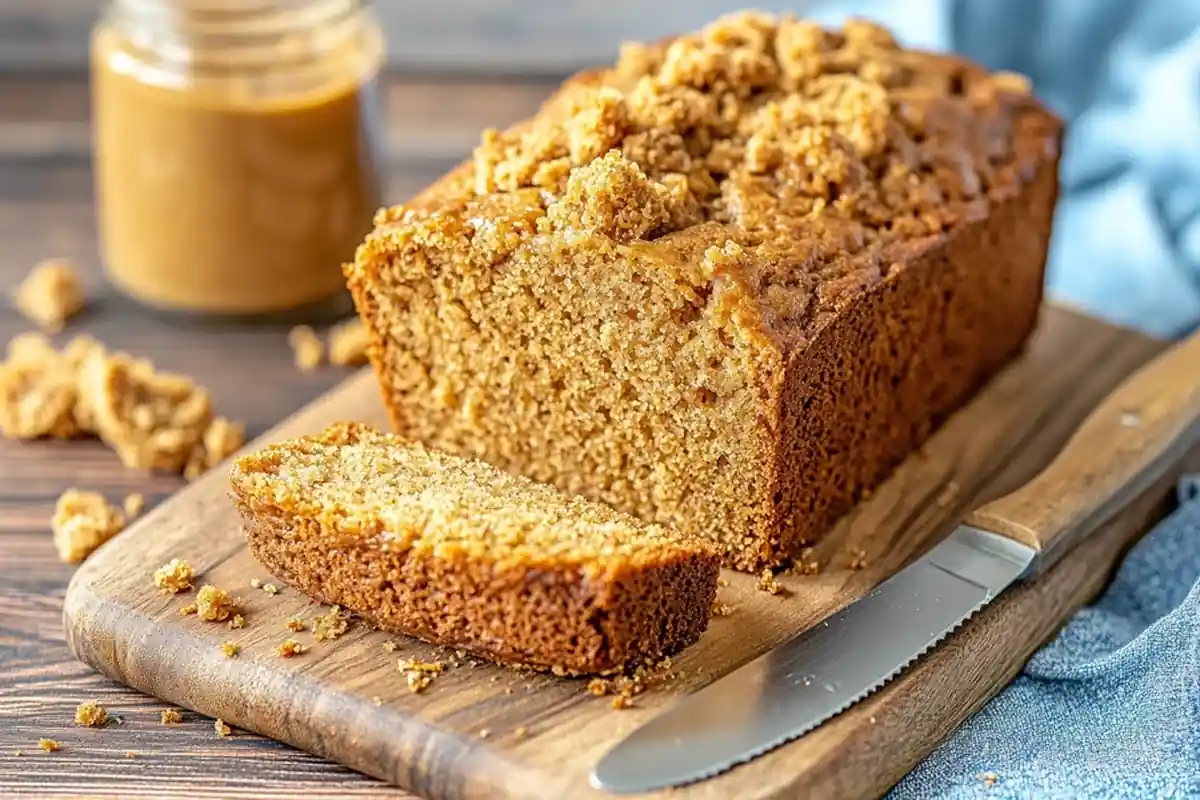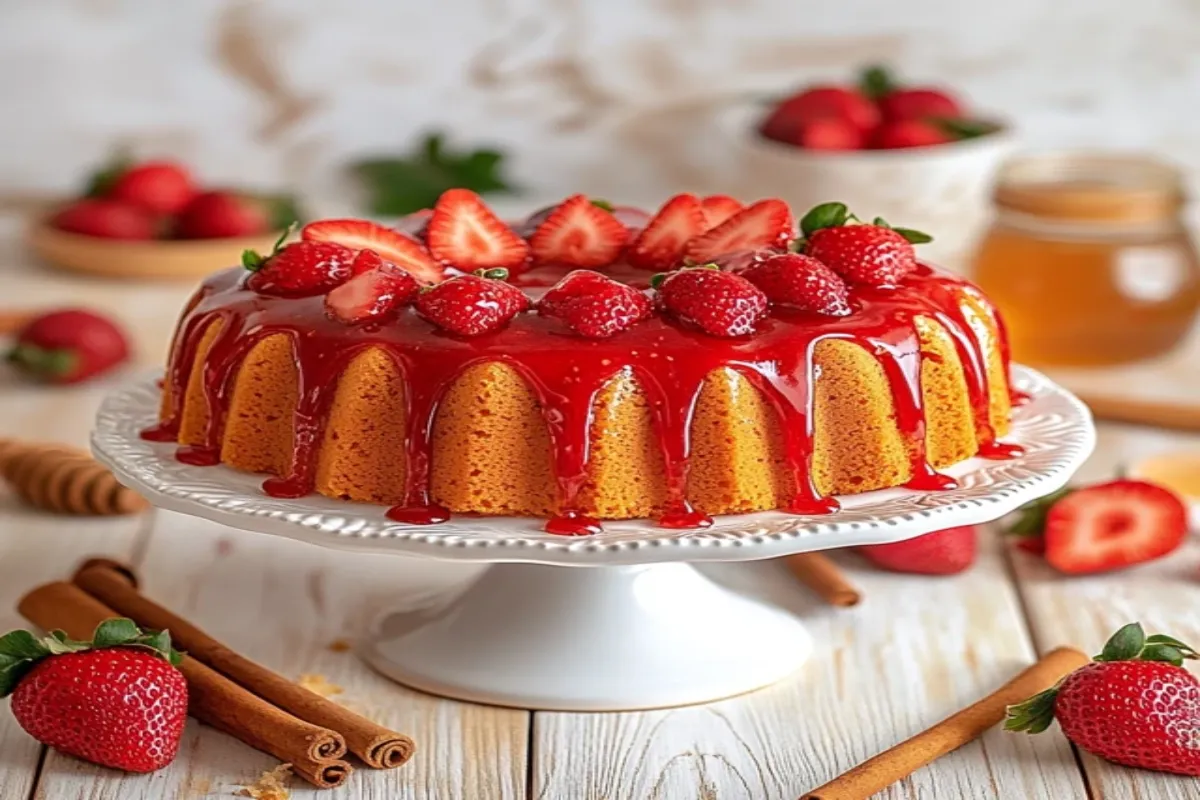Introduction
Meringue, the light and fluffy mixture of whipped egg whites and sugar, is a cornerstone of baking and dessert making. Whether you’re crafting a pavlova, a lemon meringue pie, or delicate cookies, knowing the differences between the three main types of meringue—French, Swiss, and Italian—can make all the difference. In this guide, we’ll explore “What are the 3 types of meringues? What are the 3 types of meringues?”, their preparation methods, uses, and unique qualities. Along the way, we’ll also share tips, tricks, and fascinating facts about what are the 3 types of meringues? to help you master this essential baking skill.
Understanding Meringue Basics
What Is Meringue?
Meringue is a whipped mixture made of egg whites and sugar, sometimes with the addition of stabilizers like cream of tartar or vinegar. This airy, sweet foam is created by beating the egg whites until they form peaks, then gradually adding sugar to create a stable structure. The result? A glossy, smooth texture that can be baked, piped, or folded into other mixtures.
This culinary marvel is used worldwide in both simple and sophisticated desserts. From crisp meringue cookies to intricate pavlovas, meringue adds sweetness, structure, and a touch of elegance to countless dishes.
How Meringue Works
The magic of meringue lies in its science. When you whip egg whites, you’re incorporating air, which is stabilized by the proteins in the eggs. Sugar helps by dissolving into the foam, creating a strong network that holds its shape. The addition of acid, like cream of tartar, boosts the stability further, ensuring your meringue doesn’t collapse.
Why Meringue Matters in Baking
Meringue is more than just fluff—it’s a versatile tool in the baker’s arsenal. It serves as a base for classics like lemon meringue pie, creates structure in cakes like angel food, and transforms into desserts on its own, such as pavlova. Its versatility and light texture make it indispensable in both casual and professional kitchens.
Want to expand your dessert repertoire? Learn how to perfect your meringue-making skills with our guide to Mastering Meringue: History, Types, Recipes
French Meringue: The Simplest Type
When discussing what are the 3 types of meringues?, it’s essential to understand how they differ in preparation and application.
How to Make French Meringue
French meringue, or basic meringue, is the simplest type to make. Start by ensuring your mixing bowl and beaters are clean, then separate the egg whites from the yolks and let the whites reach room temperature. Beat the egg whites on medium speed until frothy, optionally adding cream of tartar for stabilization. Gradually add sugar, one tablespoon at a time, while continuing to beat to ensure it dissolves fully. Whip until stiff peaks form, meaning the peaks remain upright when the beaters are lifted.
Uses of French Meringue
French meringue is incredibly versatile and serves as the foundation for various desserts. It’s commonly folded into batters to lighten cakes like sponge cakes and soufflés. Additionally, it can be piped into shapes and baked at a low temperature to create crisp meringue cookies. However, due to its uncooked nature before baking, French meringue is less stable than its Swiss and Italian counterparts, making it more susceptible to deflation if not handled gently.
Pros and Cons of French Meringue
One of the main advantages of French meringue is its simplicity and ease of preparation, requiring no special equipment or cooking techniques. This makes it accessible for home bakers and ideal for recipes that call for a light, airy texture. However, its primary drawback is its stability; French meringue can be prone to collapsing or weeping, especially in humid conditions or if overmixed. Therefore, it’s best used in applications where it will be baked or cooked further to set its structure.
Swiss Meringue: A Stable Alternative
Learning what are the 3 types of meringues? can unlock a world of baking opportunities.
How Swiss Meringue Is Made
Swiss meringue is more stable than French meringue, making it ideal for specific uses. To make Swiss meringue, mix egg whites and sugar in a heatproof bowl over simmering water, whisking until it reaches 160°F (70°C) to dissolve the sugar and ensure safety. Afterward, transfer the mixture to a stand mixer and beat on medium-high until it becomes glossy, forms stiff peaks, and cools to room temperature, resulting in a denser, satiny meringue that holds its shape well.
Best Uses for Swiss Meringue
Due to its stability and smooth texture, Swiss meringue is ideal for making buttercream frosting, providing a silky finish that’s perfect for cakes and cupcakes. It’s also commonly used as a topping for pies, such as lemon meringue pie, where a stable meringue is essential to maintain an attractive presentation. Additionally, Swiss meringue can be baked into shells or nests to hold fruits and creams, offering a delightful contrast between its crisp exterior and soft interior.
Swiss Meringue Advantages and Drawbacks
The primary advantage of Swiss meringue is its enhanced stability, which allows it to be used in a variety of desserts without the risk of collapsing. The heating process also ensures that the sugar is fully dissolved, resulting in a smoother texture compared to French meringue. However, the preparation of Swiss meringue is more time-consuming and requires careful temperature monitoring to avoid overcooking the egg whites. Despite these additional steps, many bakers find the superior texture and reliability of Swiss meringue well worth the effort.
In essence, when you wonder what are the 3 types of meringues?, remember that French, Swiss, and Italian meringues each serve distinct purposes in your baking adventures.
Understanding the distinctions between French and Swiss meringues is crucial for selecting the appropriate type for your baking projects. While French meringue is quick and easy, Swiss meringue provides greater stability and a smoother finish, making it suitable for more refined applications.
A deeper understanding of what are the 3 types of meringues? will serve you well in the kitchen.

Italian Meringue: The Most Stable Type
Making Italian Meringue
Italian meringue is considered the most stable and sophisticated of the three types. Its preparation involves incorporating a hot sugar syrup into whipped egg whites, which not only stabilizes the meringue but also creates a satiny finish. To make Italian meringue:
- Begin by whipping room-temperature egg whites in a clean mixing bowl until they form soft peaks.
- Simultaneously, heat sugar and water in a saucepan until the syrup reaches 240°F (115°C) on a candy thermometer.
- Slowly pour the hot syrup into the whipped egg whites in a steady stream while continuing to beat at medium speed.
- Increase the mixer speed to high and whip until the mixture cools to room temperature and forms stiff, glossy peaks.
This cooking process makes the meringue more stable, ensuring it holds its shape and resists weeping or deflation.
Knowing what are the 3 types of meringues? allows you to choose the best type for your specific recipe needs.
Common Uses for Italian Meringue
Italian meringue shines in recipes where durability is essential. It’s a popular choice for frostings, particularly buttercream, due to its smooth, luxurious texture. It’s also commonly used to top desserts like baked Alaska, where the meringue can be torched for a golden finish. Additionally, Italian meringue is frequently folded into mousses and soufflés, lending them a light yet stable structure.
Why Italian Meringue Stands Out
Italian meringue’s standout feature is its resilience. Unlike French or Swiss meringues, the egg whites are cooked during the preparation process, making it safe to use in recipes that require uncooked meringue. The silky, firm texture also makes it ideal for elaborate piping designs or toppings that need to maintain their form over time.
Comparing the Three Types of Meringues
Key Differences Between the Types
Each of the three meringues—French, Swiss, and Italian—has unique characteristics that make it suitable for specific uses. French meringue, the simplest to prepare, is light and airy but less stable. Swiss meringue offers a denser texture and better stability, thanks to the gentle heating process. Italian meringue, the most durable, boasts a firm, satiny texture and can withstand more demanding applications.
Which Meringue Is Best for Your Needs?
Choosing the right type of meringue depends on the recipe and the result you’re aiming for:
- Use French meringue for recipes where lightness is key, like macarons or soufflés.
- Opt for Swiss meringue when you need a smooth finish, such as in buttercream frosting or pie toppings.
- Choose Italian meringue for intricate designs, stable toppings, or desserts that require a cooked meringue, like baked Alaska or mousses.
For more ideas on pairing meringues with other dishes, explore our Homemade Crepes Recipe. These light, delicate crepes could serve as a perfect base for your meringue creations!
Part 6: FAQs About Meringues (300 Words)
Ultimately, understanding what are the 3 types of meringues? will empower you to create a variety of delicious desserts.
What Is the Origin of Meringue?
The origin of meringue has sparked debates for centuries, but most sources agree it emerged in Europe. It is believed that meringue was invented by a Swiss chef named Gasparini in the early 18th century. However, earlier mentions of similar recipes can be found in French and English cookbooks. This sweet, airy foam quickly became popular across Europe, inspiring desserts like pavlova and lemon meringue pie.
Understanding what are the 3 types of meringues? can elevate your baking game to new heights.
Thus, when learning to bake, one must grasp the answer to what are the 3 types of meringues? to enhance their culinary skills.
As we explore more, let’s remember to focus on what are the 3 types of meringues? in our discussions.
How to Harden Meringue?
To achieve a crisp texture, bake meringue at a low temperature, around 200°F (90°C), for an extended period—usually 1-2 hours. This method dries out the meringue, leaving it light and crunchy. If you’re making cookies or pavlova, let the meringue cool in the oven with the door slightly ajar to prevent cracking.
Is Meringue a Dessert?
Yes! Meringue is both a dessert on its own and a key component in other treats. Standalone desserts like pavlova and meringue cookies showcase its delicate texture. It’s also a staple in layered desserts, providing a sweet topping for pies or a light base for mousses and tarts.
How Do I Store Meringue?
Proper storage is crucial for maintaining the texture of meringue. Keep baked meringue in an airtight container at room temperature, away from moisture. For unbaked meringue, refrigeration is recommended, but it should be used quickly to avoid deflation.
Creative Recipes and Modern Uses of Meringues
Innovative Meringue Recipes
Modern chefs and bakers continue to push the boundaries of what meringue can do. Classic pavlova is often reimagined with exotic fruits like passion fruit or dragon fruit, adding a contemporary twist. Meringue shards, thin sheets of baked meringue, are used to decorate elegant desserts. Additionally, flavoring meringue with spices or extracts, such as cinnamon or vanilla, enhances its versatility.
Meringue in Savory Dishes
While meringue is best known for its role in desserts, it’s also making appearances in savory recipes. Savory soufflés, for instance, incorporate egg whites whipped to stiff peaks for a light, airy texture. Some chefs are experimenting with using meringue to top savory pies, replacing traditional crusts with a crispy, airy finish.
For more creative recipe ideas, don’t miss our Easy French Crepe Recipes, which pair wonderfully with sweet or savory meringues!
Meringue in Modern Cuisine
Innovative Techniques with Meringue
In today’s kitchens, meringue is no longer just a dessert component; it’s become a creative tool for chefs. Techniques like torching meringue have added drama and flavor to recipes such as baked Alaska or lemon meringue pie. Additionally, dehydrated meringue is being used to create crispy, wafer-thin sheets for elegant garnishes or layered desserts.
Modern chefs also experiment with flavors and colors, adding cocoa, fruit purees, or edible pigments to meringue. These variations make it even more versatile and visually stunning. With a little imagination, meringue can be adapted to suit almost any culinary trend.
Meringue in Unexpected Dishes
Though traditionally sweet, meringue is finding a place in savory dishes as well. Imagine savory soufflés or even meringue-based crusts for meat pies, where the light, airy texture contrasts beautifully with rich fillings. This unexpected twist showcases the adaptability of meringue in ways many would never expect.
The essence of desserts often revolves around the inquiry of what are the 3 types of meringues?, guiding bakers in their choices.
By exploring the different techniques and applications, you can make the most of what meringue has to offer. For even more inspiration, check out our Homemade Crepes Recipe for ideas on pairing meringue with delicate crepes.
As we delve deeper into the subject, we will keep answering the question, what are the 3 types of meringues? to ensure clarity.
Final Thoughts and FAQs About Meringues
Answering the Question: What Are the 3 Types of Meringues?
Throughout this guide, we’ve explored the three types of meringues—French, Swiss, and Italian. Each has its own unique qualities, preparation method, and best uses. From the light and airy texture of French meringue to the silky durability of Italian meringue, understanding these types helps you decide which one is best for your next baking project.
Why Meringue Is Here to Stay
Meringue’s versatility and simplicity make it a timeless ingredient in both traditional and modern cooking. Whether you’re baking cookies, whipping up a pavlova, or exploring savory uses, meringue offers endless possibilities. Its adaptability to trends and its ability to elevate any dish ensure it remains a favorite among chefs and home cooks alike.
Meringue: History, Types, Recipes, and Troubleshooting Tips

